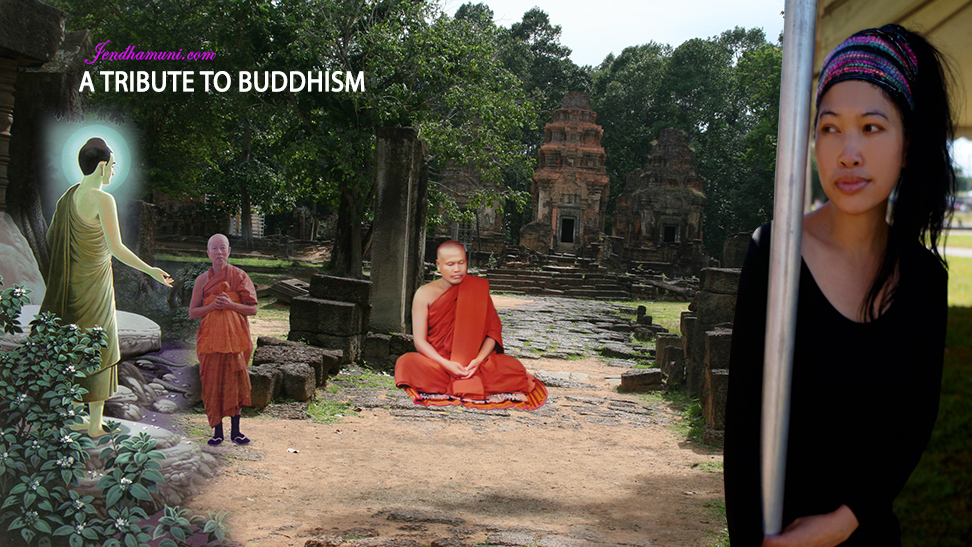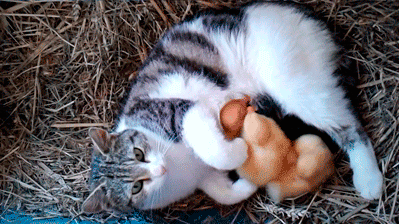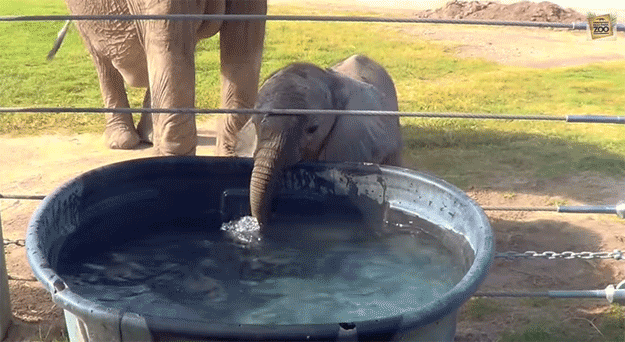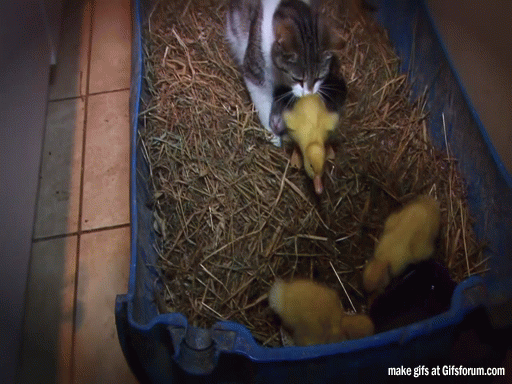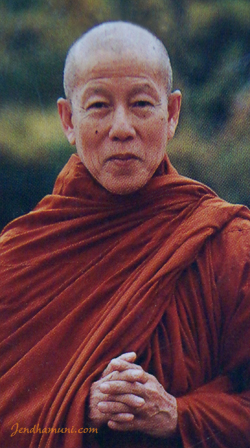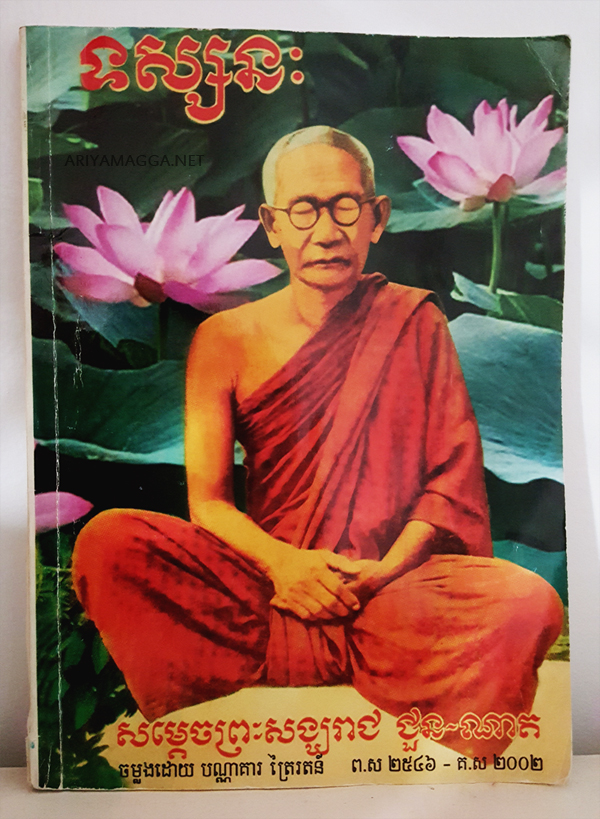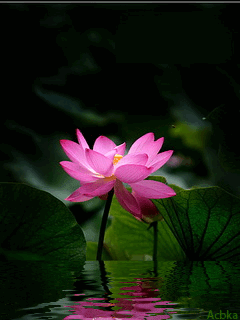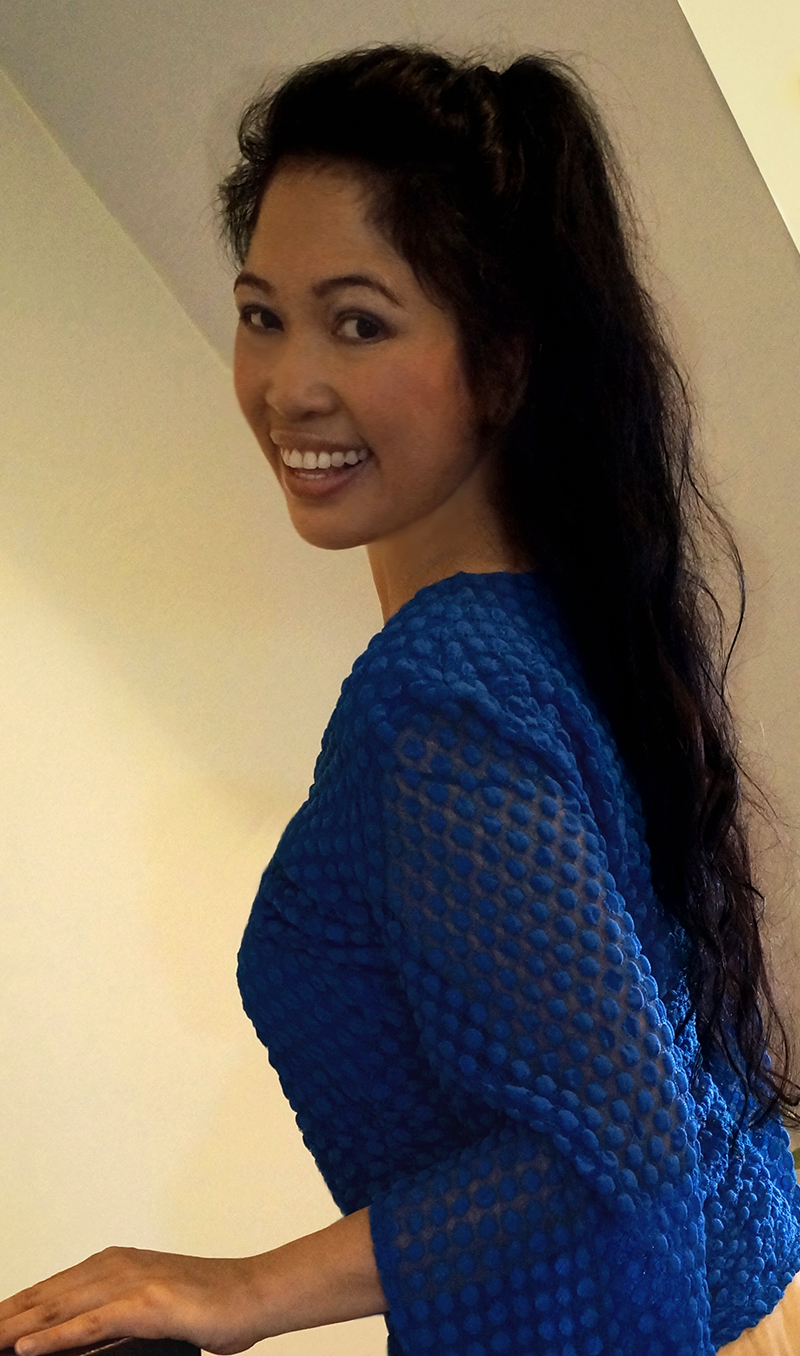-
-
Kitty protecting babies
Comment July 20, 2015How does a duck clean itself? Ducks keep clean by preening themselves.
They do this by being able to turn their heads completely backwards,
and putting their beaks into the feathers on their wings, breast and back.
They preen themselves very often. Not all ducks quack. The Wood Duck
does not quack, it gives out a “squeal” instead. Source: Kittyhouse -
Don’t stay there
Comment July 20, 2015 -
A person of strong will power
Comment July 20, 2015Challenges in life are there to make you know your strength
and your ability to come out from obstacle with grace
and unscratched. It makes you more sensitive and inculcates
virtue to react with courage and confidence. Every struggle
shapes you as a person of strong will power who takes any
eventuality with determination and finish it with a logical
conclusion. ~Dr Anil Kr Sinha -
Someday you will realize
Comment July 20, 2015 -
Training the Mind: Verse 7
Comment July 20, 2015The seventh verse summarizes all the practices that we have been discussing. It reads:
In brief, may I offer benefit and joy
To all my mothers, both directly and indirectly,
May I quietly take upon myself
All hurts and pains of my mothers.by His Holiness the Dalai Lama
This verse presents a specific Buddhist practice known as “the practice of giving and taking” (tong len), and it is by means of the visualization of giving and taking that we practice equalizing and exchanging ourselves with others.
“Exchanging ourselves with others” should not be taken in the literal sense of turning oneself into the other and the other into oneself. This is impossible anyway. What is meant here is a reversal of the attitudes one normally has towards oneself and others. We tend to relate to this so-called “self” as a precious core at the center of our being, something that is really worth taking care of, to the extent that we are willing to overlook the well-being of others. In contrast, our attitude towards others often resembles indifference; at best we may have some concern for them, but even this may simply remain at the level of a feeling or an emotion. On the whole we are indifferent we have towards others’ well-being and do not take it seriously. So the point of this particular practice is to reverse this attitude so that we reduce the intensity of our grasping and the attachment we have to ourselves, and endeavor to consider the well-being of others as significant and important.
When approaching Buddhist practices of this kind, where there is a suggestion that we should take harm and suffering upon ourselves, I think it is vital to consider them carefully and appreciate them in their proper context. What is actually being suggested here is that if, in the process of following your spiritual path and learning to think about the welfare of others, you are led to take on certain hardships or even suffering, then you should be totally prepared for this. The texts do not imply that you should hate yourself, or be harsh on yourself, or somehow wish misery upon yourself in a masochistic way. It is important to know that this is not the meaning.
 Another example we should not misinterpret is the verse in a famous Tibetan text which reads, “May I have the courage if necessary to spend aeons and aeons, innumerable lifetimes, even in the deepest hell realm.” The point that is being made here is that the level of your courage should be such that if this is required of you as part of the process of working for others’ well-being, then you should have the willingness and commitment to accept it.
Another example we should not misinterpret is the verse in a famous Tibetan text which reads, “May I have the courage if necessary to spend aeons and aeons, innumerable lifetimes, even in the deepest hell realm.” The point that is being made here is that the level of your courage should be such that if this is required of you as part of the process of working for others’ well-being, then you should have the willingness and commitment to accept it.A correct understanding of these passage is very important, because otherwise you may use them to reinforce any feelings of self-hatred, thinking that if the self is the embodiment of self-centeredness, one should banish oneself into oblivion. Do not forget that ultimately the motivation behind wishing to follow a spiritual path is to attain supreme happiness, so, just as one seeks happiness for oneself one is also seeking happiness for others. Even from a practical point of view, for someone to develop genuine compassion towards others, first he or she must have a basis upon which to cultivate compassion, and that basis is the ability to connect to one’s own feelings and to care for one’s own welfare. If one is not capable of doing that, how can one reach out to others and feel concern for them? Caring for others requires caring for oneself.
The practice of tong len, giving and taking, encapsulates the practices of loving-kindness and compassion: the practice of giving emphasizes the practice of loving-kindness, whereas the practice of taking emphasizes the practice of compassion.
Shantideva suggests an interesting way of doing this practice in his Guide to the Bodhisattva’s Way of Life. It is a visualization to help us appreciate the shortcomings of self-centeredness, and provide us with methods to confront it. On one side you visualize your own normal self, the self that is totally impervious to others’ well-being and an embodiment of self-centeredness. This is the self that only cares about its own well-being, to the extent that it is often willing to exploit others quite arrogantly to reach its own ends. Then, on the other side, you visualize a group of beings who are suffering, with no protection and no refuge. You can focus your attention on specific individuals if you wish. For example, if you wish to visualize someone you know well and care about, and who is suffering, then you can take that person as a specific object of your visualization and do the entire practice of giving and taking in relation to him or her. Thirdly, you view yourself as a neutral third person impartial observer, who tries to assess whose interest is more important here. Isolating yourself in the position of neutral observer makes it easier for you to see the limitations of self-centeredness, and realize how much fairer and more rational it is to concern yourself with the welfare of other sentient beings.
As a result of this visualization, you slowly begin to feel an affinity with others and a deep empathy with their suffering, and at this point you can begin the actual meditation of giving and taking.
In order to carry out the meditation on taking, it is often quite helpful to do another visualization. First, you focus your attention on suffering beings, and try to develop and intensify your compassion towards them, to the point where you feel that their suffering is almost unbearable. At the same time, however, you realize that there is not much you can do to help them in a practical sense. So in order to train yourself to become more effective, with a compassionate motivation you visualize taking upon yourself their suffering, the cause of their suffering, their negative thoughts and emotions, and so forth. You can do this by imagining all their suffering and negativity as a stream of dark smoke, and you visualize this smoke dissolving into you. Continue reading
-
Never forgotten
Comment July 20, 2015 -
Happy baby elephant
Comment July 20, 2015A baby elephant is called a calf. It weighs about 250 pounds at birth and stands about three feet tall. They can’t see very well at first, but they can recognize their mothers by touch, scent, and sound. Baby elephants stay very close to their mothers for the first couple of months. They drink their mother’s milk for about 2 years, sometimes longer. They drink up to 3 gallons of milk a day. At about four months old, they also begin eating some plants, but still need as much milk from their mother. ~Beverly Hernandez, Homeschooling Expert
-
Mommy cat and baby ducklings
Comment July 20, 2015A baby duck is called a duckling, and an adult male is a drake. An adult female duck is called a hen or a duck, and a group of ducks can be called a raft, team or paddling. Ducks are precocial, which means that ducklings are covered with down and able to walk and leave the nest just a few hours after hatching. A hen will lead her ducklings up to a half mile or more over land after hatching in order to find a suitable water source for swimming and feeding. Male ducks have an eclipse plumage similar to females that they wear after the breeding season for about a month as their new feathers grow. During that month, they are completely flightless and more vulnerable to predators. Source: Birding
-
Our priceless pure heart
Comment July 19, 2015Our priceless pure heart is not something that can be purchased at a pharmacy, poured into our body, or obtained through a cure. If we went to a major city looking to buy it, we could not purchase this pure heart no matter what price we were willing to pay. How do we find it? With the sincere wish to discover it, we discipline our mind with our mind. When such a motivation is born within us, we and others are benefitted and so our lives become meaningful. With a pure motivation that does not wane and with great courage that does not despair, may each one of us endeavor to make our lives meaningful. ~17th Karmapa

